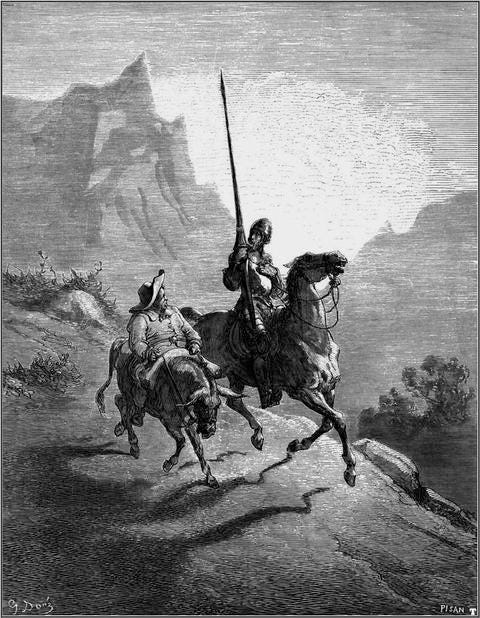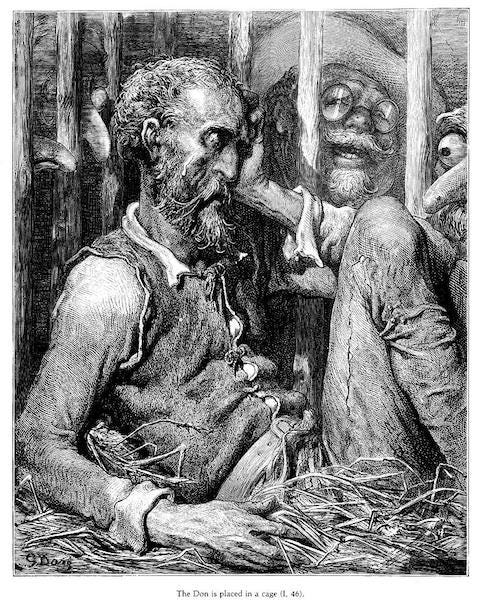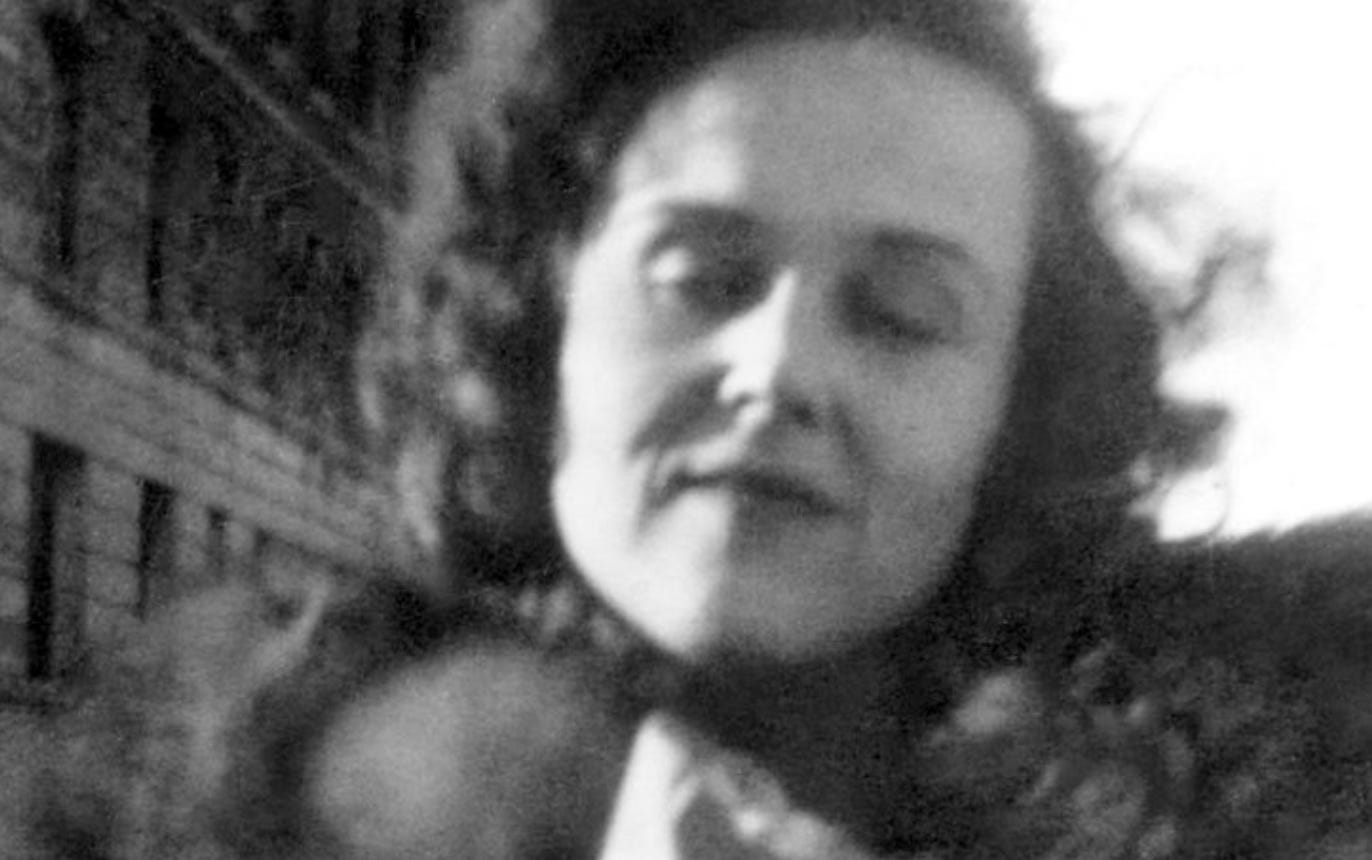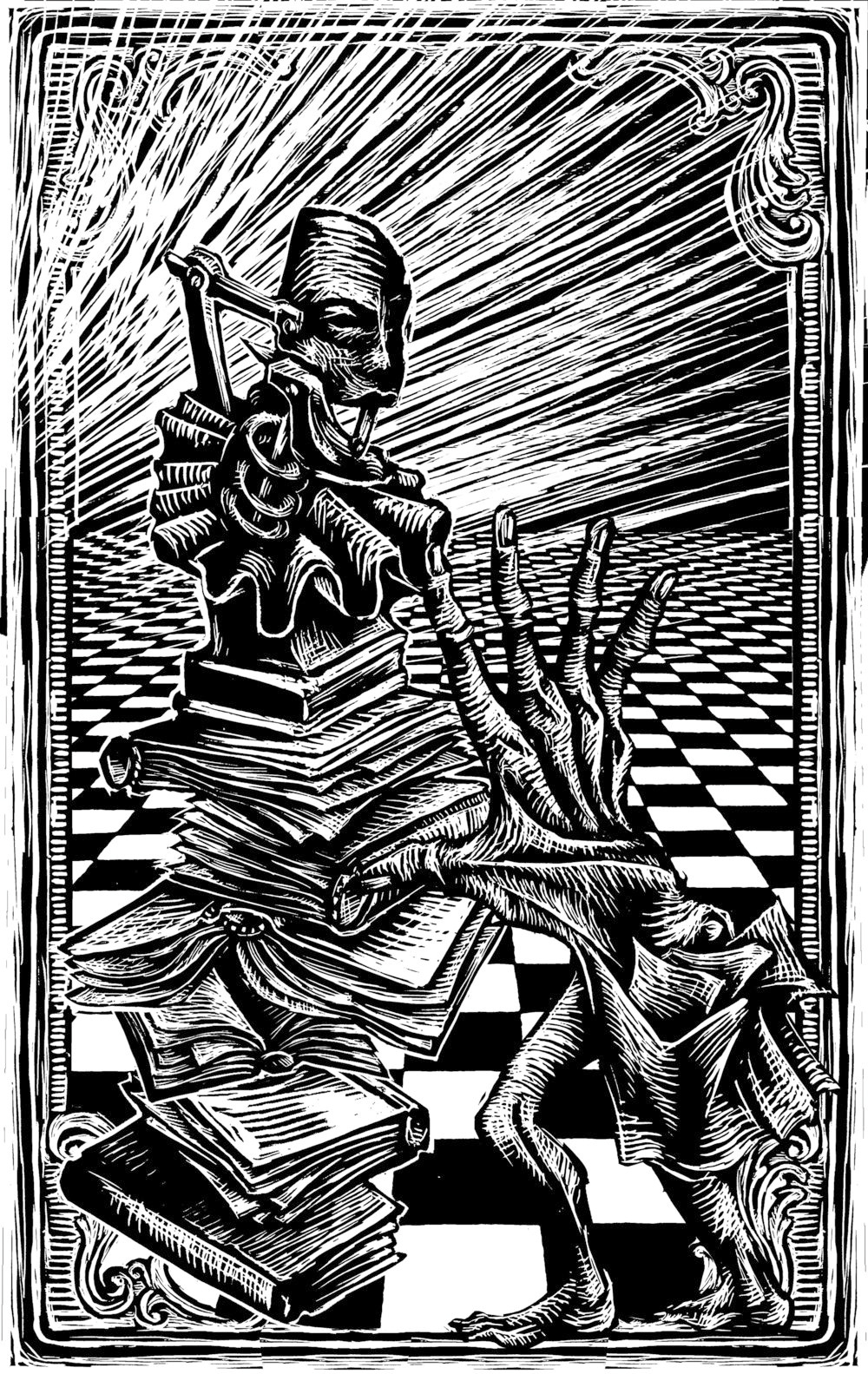Modern La Mancha
“For neither good nor evil can last for ever; and so it follows that as evil has lasted a long time, good must now be close at hand.”― Cervantes,
I have been muddling through Miguel de Cervantes’ Don Quixote for the past months, reading the most recent translation by Edith Grossman…finishing it last week. All of my life I have heard about this genius “first modern novel,” almost reading it in a class in college (still not remembering why that did not happened)…buying it and losing it several times along the way…seeing the Terry Gilliam documentary about failing in his initial directorial attempt at the story, reading about Orson Wells’ similar disaster… It wasn’t until my friend Mike, who I was reading Les Miserables with, suggested DQ be our next book that I finally took getting through it seriously.
I did not know what to expect of Don Quixote…except that he fought a windmill, which happens early in the book’s close-to 1000 pages. It is such a small part of an epic novel…really two novels put together, published initially ten years apart (which I did not know) with the second book’s main character not only aware of the fame he had found from the first book but also of a fraudulent sequel that had come out on the heels of the first’s success written by a lesser, dubious author (which really happened).
Madness. Don Quixote is a study of madness, with the central figure being the initial focus: a lowborn individual who went mad reading book after book of errant knights (those wandering the earth in search of adventure), eventually seeing himself as such a character. The first book’s Don Quixote reminded me of the characters I met on the Berkeley campus in the 80s: The Naked Man, The Hate Man, The Bubble Lady, the “crooner” Rick Starr who were thrown onto the streets after Ronald Reagan defunded the establishments that cared for them and appeared to all who passed them as never changing characters from a strange Hollywood tale. Don Quixote, and the equally great Sancho Panza (a farmer-turned-loyal-squire with incredibly misguided ambitions), roamed the land misreading most every situation they came upon, attacking innocents, freeing criminals, destroying livestock and people’s livelihoods. As a reader you see the darkness coming, with the tragedy Quixote inherently causes palpable and unstoppable.
When trying to make sense of his madness, Quixote assumes it is because he had been enchanted by an evil entity or force, something out of his control, something so common with people wrestling with illness. In the second half of the book, he comes in contact with a Duke and Duchess who were big fans of the first book and spend their wealth and influence playing extensive practical jokes on Quixote and Panza. They create situations using hundreds of people and in some cases whole cities, that would allow our “heroes” to live out their enchanted fantasies until they went (as planned) horribly wrong. For the Duke and the Duchess, playing with the lives of the mad provide the best entertainment their money could buy; the second book is a dark examination of how madness comes in many modes, with the Duke and Duchess taking on the roles of the most crazed characters of the plot.
There were many moments in that second book when Quixote would appear completely lucid, having those around him marvel at his intellect. There were travelers he came upon that would initially meet a very “un-mad” individual to be stunned later when a trigger causes Quixote to act out, often violently, causing deep destruction. In Don Quixote, Cervantes has created an incredibly complex character that allows him to study the multifaceted aspects of someone who is dealing with mental illness, as well as a world where many of the characters force the question of who really is in their right frame of mind: maybe we are all mad.
And what is more, as the reader comes to the book’s conclusion (no spoilers), maybe some forms of madness are justifiable…and even healthy, healthy in a world that is mad.
A Famed L.A. Bookseller’s Encyclopedic Archive of Black Artists Has Been Acquired by Getty
I was speaking to Lee Kaplan about the Sun Ra Book/DVD my wife and I put together a few years ago and he mentioned that he had just done a deal with the Getty for his archive. He has been putting this together FOR YEARS. Lee is the sort that collected all the hand-designed Sun Ra records in the 70s….and this collection of paraphernalia is so massive….so iconic. Something only a true collector could amass.
‘I was consumed with anger’: Brian Jackson, Gil Scott-Heron’s brilliant, badly wronged partner
“He wrote the music for Scott-Heron’s astonishing streams of social consciousness – and then his royalties got cut off. The jazz-funk artist explains why he focused on a comeback instead of lawsuits”
On the Disappearing of Joan Vollmer Burroughs
Journalist Katie Bennett does such an incredible job digging into the life of a woman who has been made a mere footnote in the life of William Burroughs. Yes, her death—being shot in the head by her husband who was aiming at the shot glass she was balancing—is such a well-known story, one that he credited for starting his writing career. It is so oft told, that the true horror of it is eclipsed, with Joans legacy overshadowed by the bizarre and terrible tale of her death. Bennett weaves Joan’s story into her own for a very compelling, tough and necessary read.
‘Fiddler’s Journey to the Big Screen’: Film Review
“Now, arriving just a little too late to celebrate the 1971 film version’s 50th anniversary comes Fiddler’s Journey to the Big Screen, Daniel Raim’s documentary chronicling the making of the hugely successful cinematic adaptation that garnered three Academy Awards…The results, crammed with film clips and behind-the-scenes footage, will prove fascinating to Fiddler aficionados. The filmmaker takes a fairly broad approach, dealing with the origins of the Broadway musical and providing an in-depth portrait of Jewison, who spent several years of his early directing career making such formulaic comedies for Universal as 40 Pounds of Trouble and Send Me No Flowers.”
The Gorgeous Jazz Age Photography of Alfred Cheney Johnston
The photographs of Alfred Cheney Johnston, housed at the Library of Congress, are sensational: “Alfred Cheney Johnston ̶ who later donated more than 200 of his photographs to the Library ̶ captured the era and helped create the celebrity glamour shot, soon to become an industry standard. These were soft-focused, well-composed, sepia-toned portraits with Old Master lighting. In so doing, Cheney also became one of the first celebrity photographers, and certainly one of the most famous of the day.”
Given the awful brief from the Supreme Court leaked yesterday around Roe V Wade, it feels like a good moment to shout this poem from the top of the mountains….
Still I Rise
By: Maya Angelou
You may write me down in history
With your bitter, twisted lies,
You may tread me in the very dirt
But still, like dust, I'll rise.
Does my sassiness upset you?
Why are you beset with gloom?
'Cause I walk like I've got oil wells
Pumping in my living room.
Just like moons and like suns,
With the certainty of tides,
Just like hopes springing high,
Still I'll rise.
Did you want to see me broken?
Bowed head and lowered eyes?
Shoulders falling down like teardrops.
Weakened by my soulful cries.
Does my haughtiness offend you?
Don't you take it awful hard
'Cause I laugh like I've got gold mines
Diggin' in my own back yard.
You may shoot me with your words,
You may cut me with your eyes,
You may kill me with your hatefulness,
But still, like air, I'll rise.
Does my sexiness upset you?
Does it come as a surprise
That I dance like I've got diamonds
At the meeting of my thighs?
Out of the huts of history's shame
I rise
Up from a past that's rooted in pain
I rise
I'm a black ocean, leaping and wide,
Welling and swelling I bear in the tide.
Leaving behind nights of terror and fear
I rise
Into a daybreak that's wondrously clear
I rise
Bringing the gifts that my ancestors gave,
I am the dream and the hope of the slave.
I rise
I rise
I rise.
This newsletter will remain free. However, for those who find value in it, you can help support the work (and it is a big lift!). Subscribers will also get monthly treats: jump in! To support my work, become a paid subscriber!









